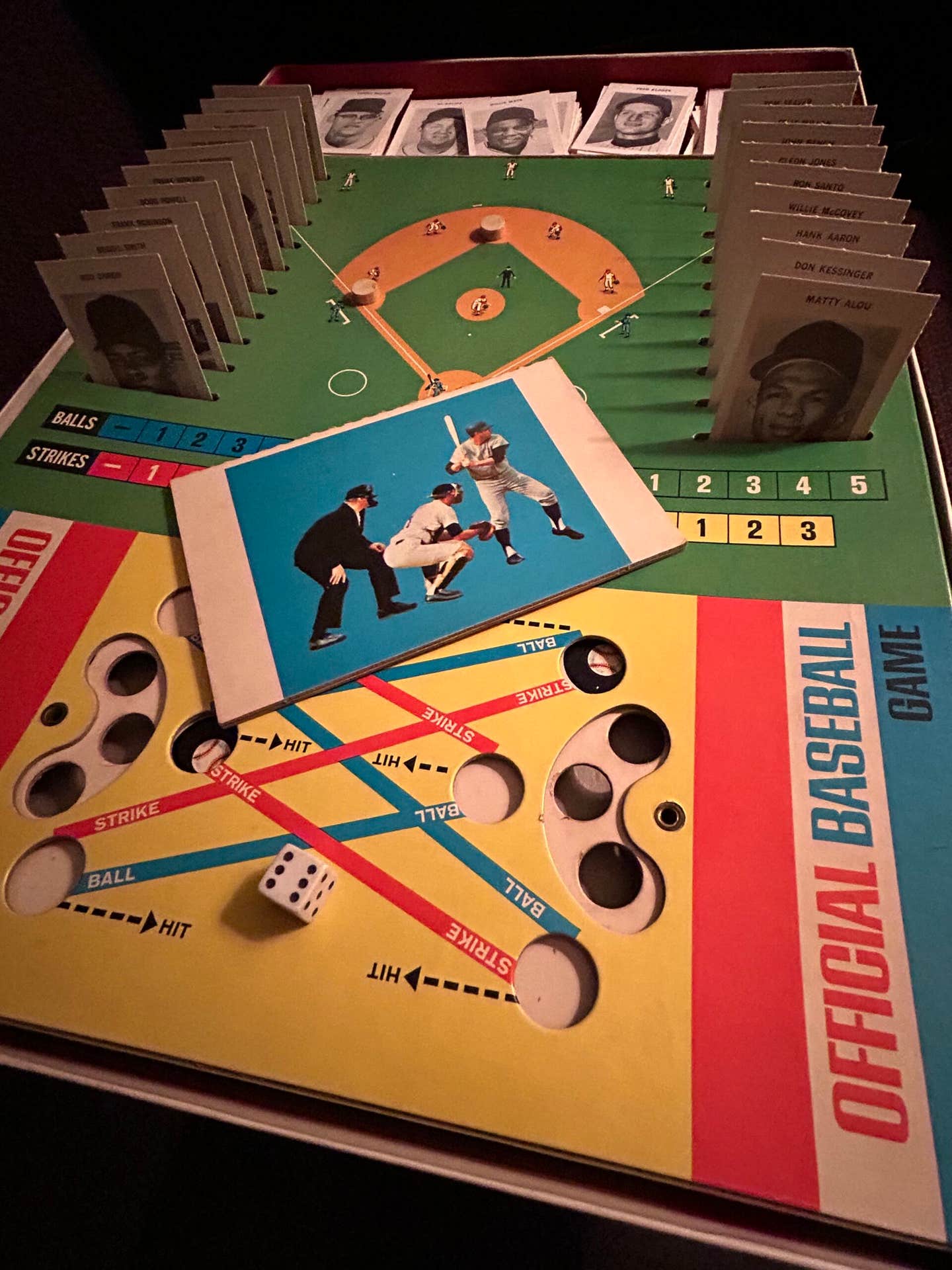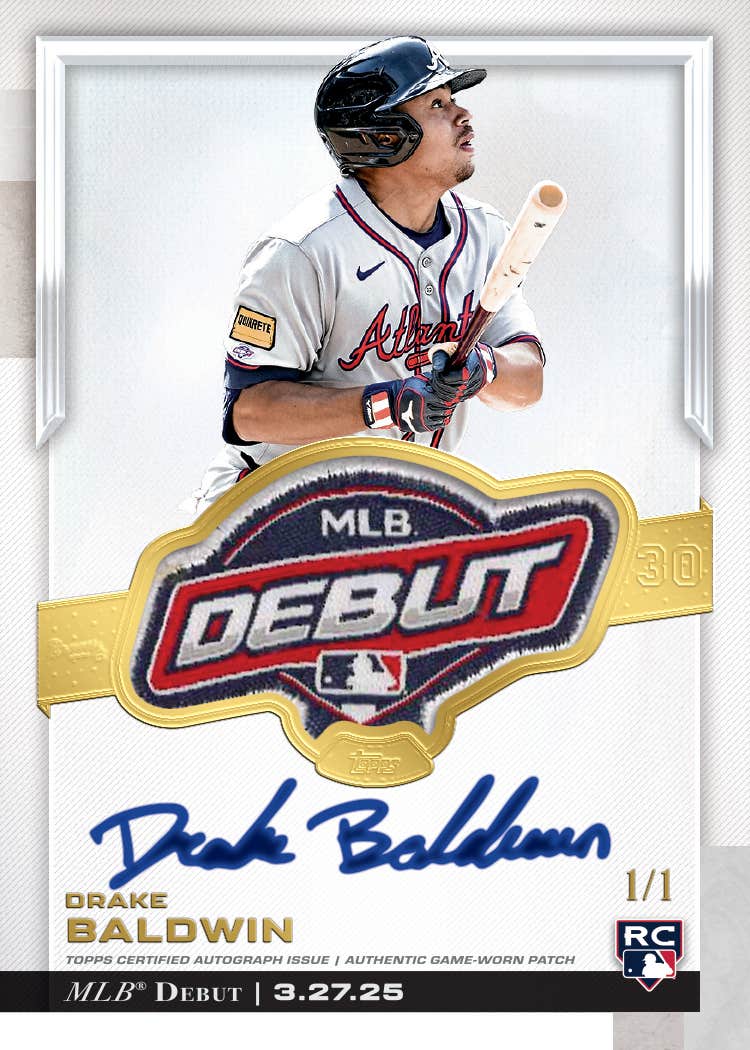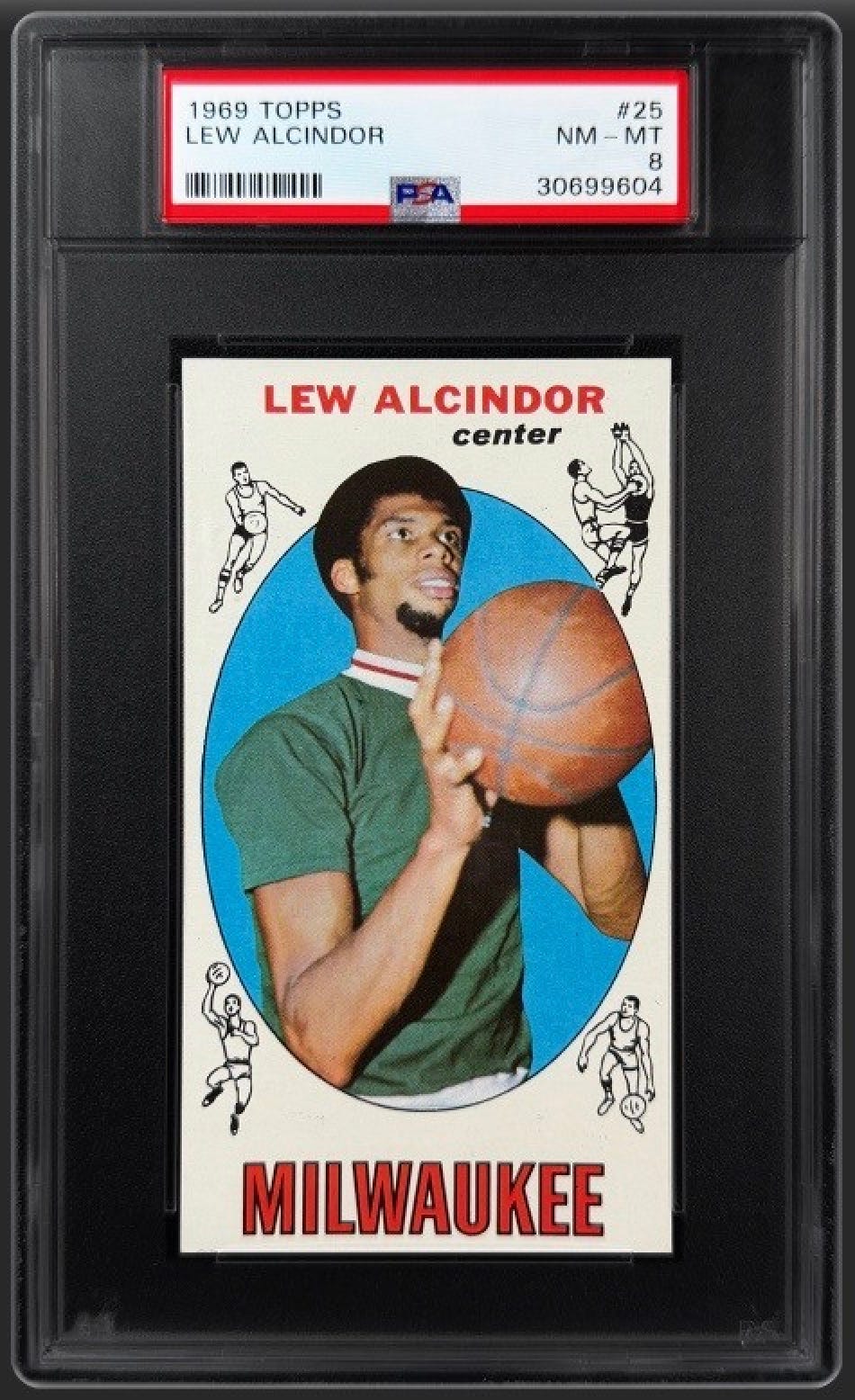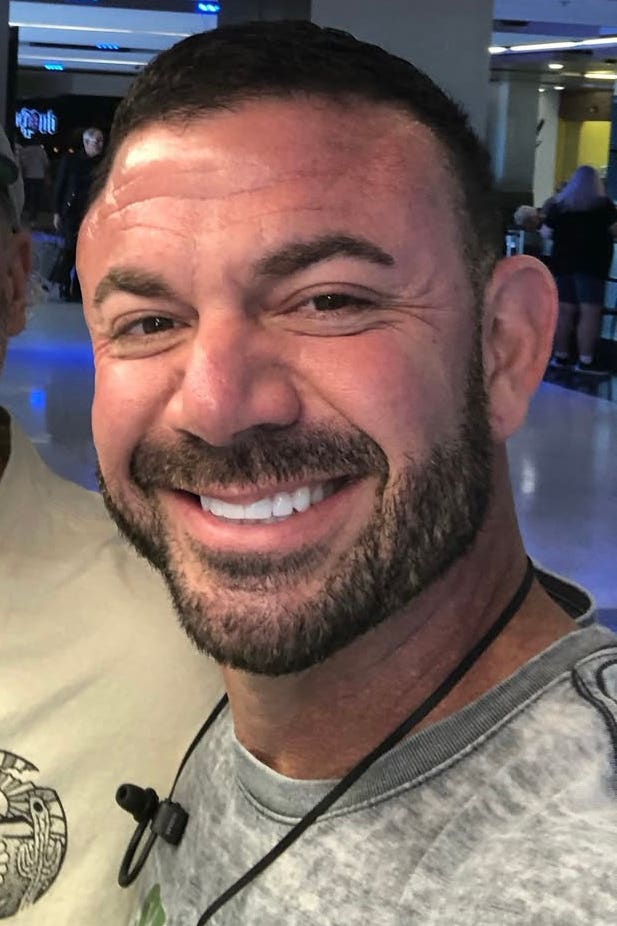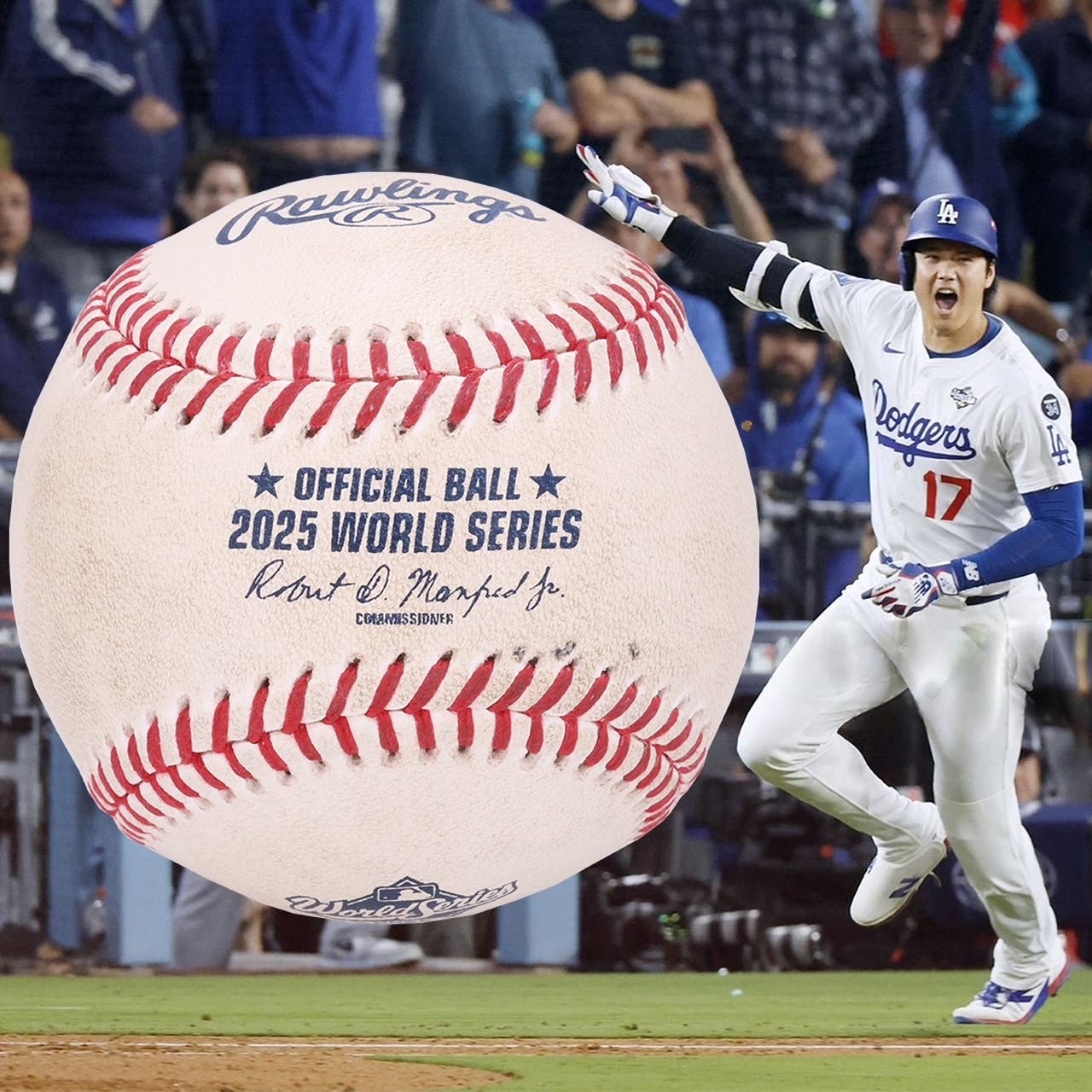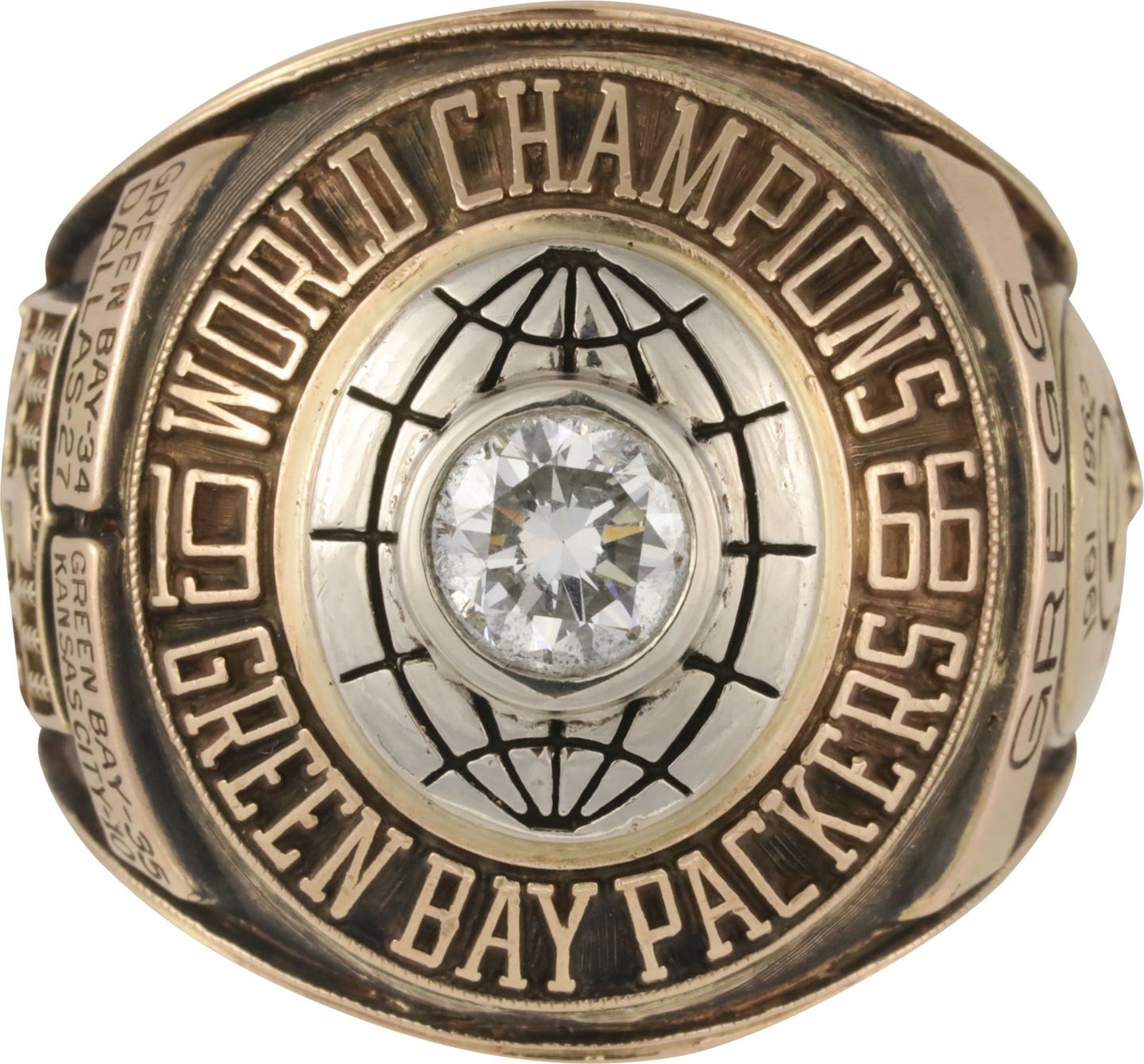News
The high demand autograph of Joltin’ Joe DiMaggio
By Ron Keurajian
I began collecting Hall of Fame autographs just about 40 years ago. Back then the hobby’s biggest drawing tickets were Ted Williams, Mickey Mantle, and the Yankee Clipper – Joe DiMaggio.
There was a certain distinction with DiMaggio. He was more than just a great ballplayer. He was a bigger than life figure that spanned many a generation; from Depression era ball of the 1930s to national spokesman for Mr. Coffee.
DiMaggio began his career in the Pacific Coast League in October 1932 for the San Francisco Seals. He was a replacement for the regular shortstop that had injured himself. After setting the PCL on fire he was signed by the New York Yankees and made his major league debut on May 3, 1936. He played until 1951 and entered the Hall of Fame five years later.
DiMaggio was a trans-generational figure. He was in the public eye for many a decade. In the 1980s I remember him pushing coffee machines on TV.
He is one of the most studied of the Hall of Fame signatures and also one of the most forged.
DiMaggio’s hand is one that went through a material transformation. He signed in a pleasing and eloquent hand. His signature from any time period exhibits effortless and smooth flow. Early signatures, those accomplished in the 1930s and 1940s, are constructed with letters that vary in height. The capital “J” in the first name and “D” in the last are large; the letters “gg” are of greater length and appear exaggerated when compared to more modern signatures.
By the late 1940s the variance in height becomes more muted and the signature is more uniform in appearance, though not as much as found in modern signatures. Signatures accomplished from the late 1950s until the last year of his life are nicely signed with strong display value. The capital letters are smaller.
Sometime in 1998 DiMaggio, a lifelong smoker, was diagnosed with lung cancer and basically stopped signing autographs except for close friends. Despite his illness DiMaggio’s hand remained strong just about his entire life. For collecting purposes a genuine DiMaggio signature should show no evidence of shakiness of hand. There are but a handful of genuine signatures that show evidence of a shaky hand, but these signatures are very few and far between. There are simply too many signatures in the market to fool with, what I term, “death bed signatures.” Any DiMaggio signature that shows evidence of a shakiness of hand should be avoided, as it is likely forged. Even if it is real, too many people will question the authenticity. It’s not worth the headache.
The market population of DiMaggio signatures is very strong. There are countless items to choose from; though his autograph is not as plentiful as signatures of Mantle or Williams who were signing machines for cash. DiMaggio was one of the catalysts on the modern autograph industry. His signature was in such demand that he was one of the founders of the modern autograph show and later private signings. Before that time it was mostly current ballplayers signing at a local business as a promotion. Milt May and Jason Thompson signing at a Detroit window store was about the only action in the 1970s.
DiMaggio was also a fairly responsive signer in the mail though signatures were generally limited to one per request. He would sign most mediums as such photos, Hall of Fame plaque postcards, commemorative gum cards, and government postcards are available. In addition, he signed countless baseballs at shows and through private signings. Typed letters signed are somewhat scarce and most were secretarially signed. These date from the 1940s and are on Yankees letterhead. Many of these letters have routine content such as replying to an autograph request or thanking someone for birthday wishes. Any letter from this time period that is addressed “To my dear friend” or something similar must be studied carefully as they are, in all likelihood, signed by a team secretary.
Autographed letters signed are tougher to find than their typed counterparts but are by no means rare. Content is usually routine and rather boring.
Signed bats are in much demand and there is a common misconception about them. Ever since I can remember dealers have advertised signed bats as rare. While uncommon, signed bats exist in good quantities. A run of signed Louisville Slugger bats limited to 1,941 bats were issued. In addition, there are many other commemorative bats available for purchase.
Items signed with brother, Dominic, exist in good quantities. Material signed by all three DiMaggio brothers is scarce and worth a premium. Many times a genuine signed item of Joe and Dom will contain a forged signature of Vince. There is a flood of first day covers in the market signed with a forged Vince DiMaggio.
About the only medium that is considered rare is San Francisco Seals signed team baseballs. These are rare and seldom surface in the hobby. Signed Yankees baseballs from the mid-to-late 1930s are golden with a multitude of Yankees Hall of Famers. It should be noted that just about all 1939 team signed baseballs contain a secretarial signature of Lou Gehrig.
As DiMaggio achieved stardom his signature was desired by many fans of the day. Many signatures signed in the 1940s are clubhouse signatures. The most common one is illustrated. In retirement many signatures obtained through the mail in the 1970s and early 1980s were signed by a secretary and even a family member. Two known secretarial signatures from this time period are illustrated.
It is often said that DiMaggio refused to sign anything related to Marilyn Monroe. This is incorrect; while he was reluctant to do so, there is a limited number of Monroe items signed by DiMaggio. Anything signed by both are rare and are worth a substantial premium.
There is one forgery to discuss. There is a limited number of forged album pages and 1930s/1950s $1 silver certificates in the market. These were created by one forger. They contain forgeries of both and may contain a lesser name or two. The forgeries are signed in fountain pen and the ink is artificially aged; likely by an ammonia based mixture. The additive has turned the ink a bold rustic and brown color. In general, anything signed by both will very likely be a forgery.
Monroe posed in the first edition of Playboy magazine. There are some in the market that contain a DiMaggio forgery on the cover. I have never seen a genuine signed DiMaggio signature on a Playboy.
The market inventory of DiMaggio material is strong. The demand for his signature is also strong and thus well balanced with supply. DiMaggio’s signature sells for $75 to $100 with government postcards not much more, while 8x10 photos are valued at $125 to $150. Typed letters are $275 while the much more desired ALS sell for close to $1,000. Baseballs exist in quantities and a nice specimen can be purchased for $350 to $400. Signed Hall of Fame plaque postcards are available in the $150 range while the much tougher to locate Artvue postcards are nearly double that amount.
In recent years the market has been flooded with cancelled bank checks; as such they have been selling for only $150. A signed bat will cost about $1,000 to $1,250. Any bat signed with his nickname “The Yankee Clipper” sells for closer to $2,000.
Items signed by Monroe are highly treasured and will sell for a minimum of $5,000. A dual signed baseball will sell for north of $10,000.
I have always maintained that DiMaggio signed material should be a good investment in the future. Given the strong market supply, avoid the pedestrian material and concentrate your efforts on quality items such as a single signed baseball with good eye appeal, content letters, and multi-signed Yankees items with Mantle, Bill Dickey, Phil Rizzuto, and the like. Spend a little more for the better rate of return.
DiMaggio remains one of the all-time greats of the game. His signature will forever be coveted as a grand memento of the game of baseball.
Attorney and portfolio manager Ron Keurajian is a frequent contributor to Sports Collectors Digest, and is the author of the award winning Baseball Hall of Fame Autographs – A Reference Guide (McFarland & Co., 2012) and Collecting Historical Autographs (McFarland, 2016).



